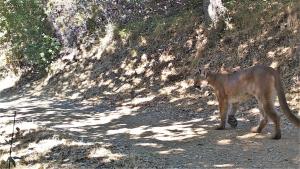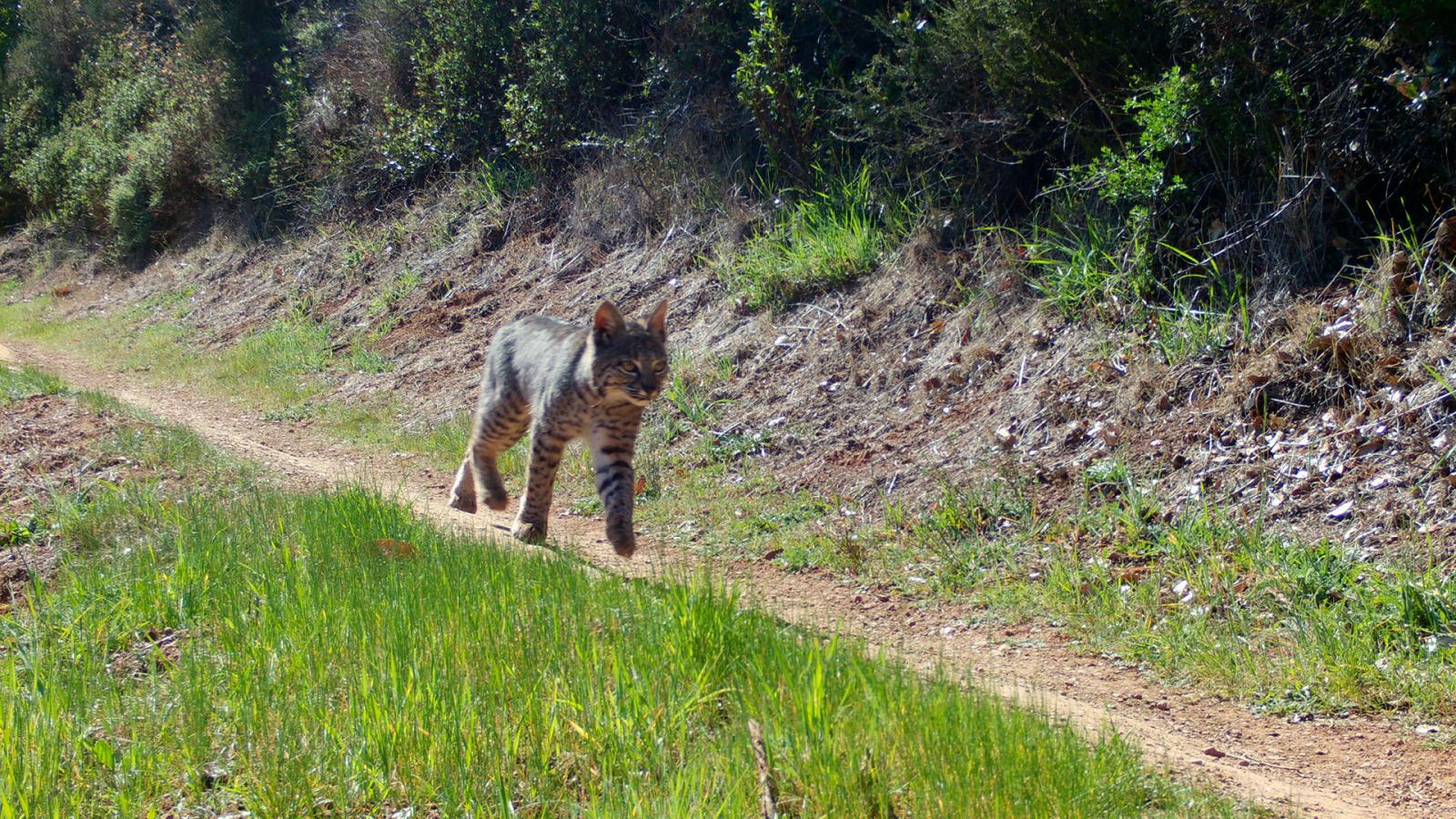Midpen uses wildlife cameras in multiple locations throughout our preserves. The cameras are used to to monitor and record wildlife activity and environmental conditions for scientific and educational outreach purposes. Data collected through these devices will assist regional efforts to improve wildlife and habitat management. These devices are managed and placed so as not to violate the reasonable expectation of privacy of the general public who enjoy the preserves.


Project Goals
Wildlife cameras allow us to identify wildlife usage, movement patterns, and habitat features with high value to wildlife. Midpen is using wildlife cameras in several projects in Rancho San Antonio Open Space Preserve.

Stay informed!
You may have spotted wildlife cameras as you traverse the trails. In conjunction with our mountain lion research, we are conducting two wildlife camera studies in the preserve. These projects, in conjunction with a separate mountain lion collaring study, will help guide Midpen’s science-based preserve management to best protect visitors and wildlife, and fulfill our balanced mission of preserving and restoring the natural environment and providing for ecologically sensitive public enjoyment.
A grid of cameras installed throughout Rancho San Antonio Preserve is capturing wildlife sightings to learn about the diversity and numbers of animals in the area, their distribution across the landscape and factors that might affect their behavior.
The Wildlife Picture Index method was collaboratively created by wildlife camera experts in a process facilitated by the Wildlife Conservation Society and the Zoological Society of London. It is an internationally recognized way to collect statistically viable wildlife data over a large geographic area. Motion-activated still cameras are placed in a non-biased grid system and are solely for wildlife research. Cameras are installed using a protocol that focuses on capturing wildlife, not people.
This method is being used by other park and open space agencies in our region, allowing our collective data to provide a big-picture view of wildlife in regional open space, and inform our land management allowing people and wildlife to coexist in the Bay Area.
Cameras have been installed along public trails to record both wildlife and human use to help determine recreational impacts on wildlife behavior. Cameras are positioned to avoid capturing personally identifiable information of trail users and any images containing human faces are deleted from our permanent records.
Watch and Learn with Us
We’ll be sharing wildlife images, insights and findings throughout the study. View some of the most recent wildlife photos in the gallery below.
Wildlife Camera Images

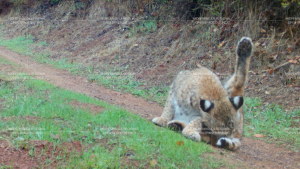
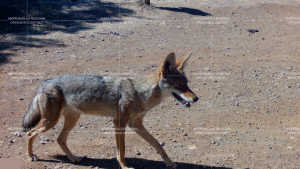

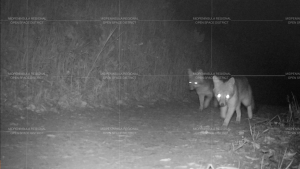
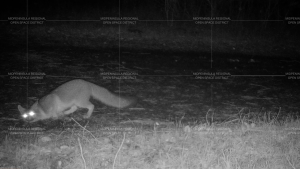
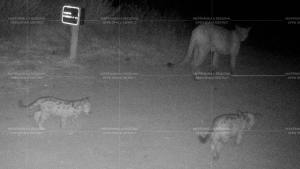
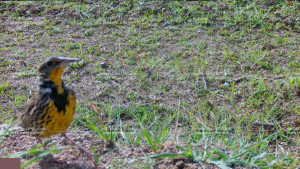
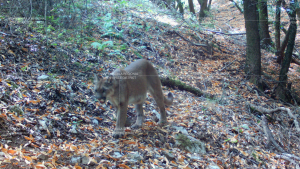

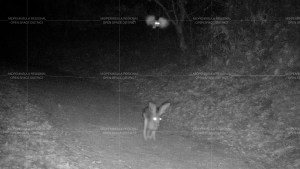
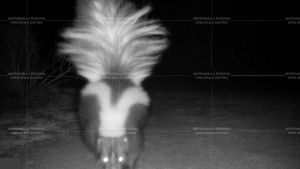

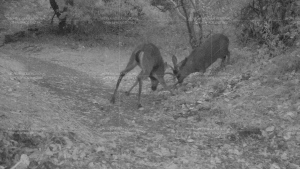
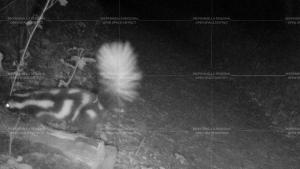
Related Projects

